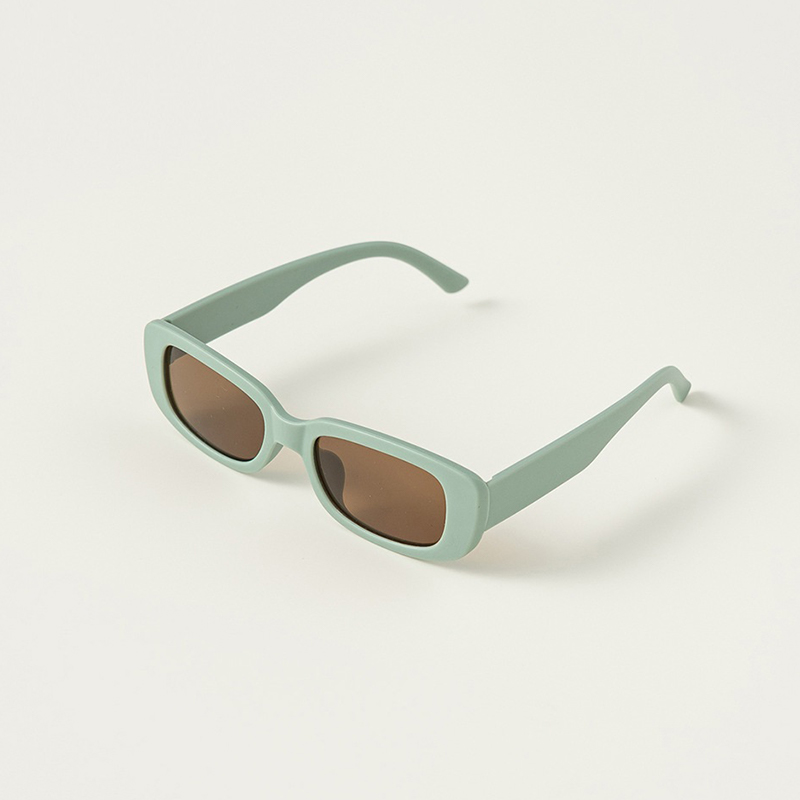



Sports cycling glasses are an essential accessory for both professional and recreational cyclists. They protect the eyes from sunlight, wind, dust, and debris while improving visual clarity during rides. In addition to safety, cycling glasses enhance performance by reducing glare and improving focus on the road or trail. Due to the diversity in design, materials, and functionality, sports cycling glasses can be classified into several categories. Understanding these classifications helps cyclists select appropriate eyewear for different environments and riding styles.

1. Classification by Lens Type
(1) Single-lens glasses
Single-lens glasses feature one continuous lens covering both eyes. They offer a wide field of vision and minimal obstructions. These glasses are popular among road cyclists who need clear peripheral vision and unobstructed sight lines. For example, professional road cyclists participating in long-distance races often prefer single-lens designs to reduce visual distractions while maintaining aerodynamic efficiency.
(2) Dual-lens glasses
Dual-lens or bifocal-style glasses have separate lenses for each eye, allowing for easier replacement and customization. Mountain bikers often choose dual-lens glasses because individual lenses can be swapped out depending on weather or lighting conditions. In trails with mixed sun and shade, dual-lens designs allow riders to quickly adjust for visibility.
(3) Photochromic lenses
Photochromic lenses automatically adjust their tint based on light intensity. They darken in bright sunlight and lighten in low-light conditions. Cyclists commuting throughout the day, passing between shaded areas and open roads, benefit from photochromic glasses. A practical example includes urban riders who encounter varying light conditions during morning and evening commutes.
(4) Polarized lenses
Polarized lenses reduce glare from reflective surfaces such as wet roads, car windows, or water puddles. Cyclists riding near bodies of water or on rain-slicked roads find these lenses particularly useful. Competitive cyclists in road races often select polarized lenses to maintain clear vision in reflective conditions, reducing eye strain and distraction.
2. Classification by Frame Design
(1) Full-frame glasses
Full-frame designs encase the lens entirely, providing structural support and stability. They are suitable for cyclists who require durable eyewear for rough terrain or long rides. Mountain bikers frequently use full-frame glasses to protect lenses from impacts caused by branches, dirt, or debris.
(2) Rimless or semi-rimless glasses
Rimless and semi-rimless frames reduce weight and offer a wider field of vision. Road cyclists and triathletes often prefer these designs because they minimize pressure on the nose and temples during extended rides. For example, triathlon participants use semi-rimless glasses to balance comfort and aerodynamics during competitions.
(3) Wraparound glasses
Wraparound frames curve around the face to provide peripheral protection from wind, dust, and debris. Recreational and professional cyclists who ride at high speeds or in open environments favor wraparound designs. A real-life example includes endurance cyclists participating in long-distance races through open countryside, where wind and dust exposure is significant.
3. Classification by Usage Purpose
(1) Road cycling glasses
Road cycling glasses focus on aerodynamics, weight, and visibility. They are typically lightweight with single or wraparound lenses to reduce air resistance. Professional cyclists in the Tour de France often use these glasses to maximize efficiency while maintaining clear vision.
(2) Mountain biking glasses
Mountain biking glasses emphasize impact resistance and peripheral protection. They often feature shatterproof lenses, foam padding around the eyes, and adjustable straps to stay secure on rough trails. For example, riders navigating technical downhill trails select mountain biking glasses to reduce the risk of eye injury from branches, stones, or mud.
(3) Urban or commuting glasses
Urban cycling glasses are designed for comfort and versatility. They often incorporate photochromic or anti-reflective lenses to adapt to changing light conditions in city environments. Daily commuters, such as office workers riding through streets and under overpasses, benefit from glasses that balance protection, visibility, and aesthetic appeal.